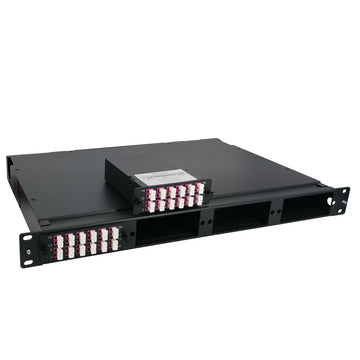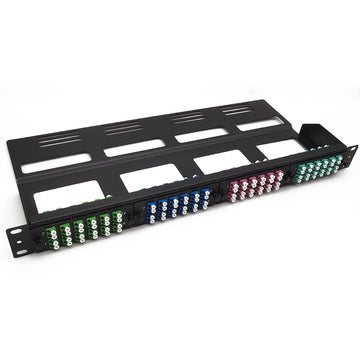HD-SDI vs 3G SDI vs 6G SDI vs 12G SDI
HD-SDI vs 3G SDI vs 6G SDI vs 12G SDI
SDI-Serial Digital Interface, widely used in SDI encoders, SDI converters and other equipment, which has been applied to radio and television fields, security monitoring. And we have witnessed the development of the video standard with the ultra high definition standard from SD-SDI, HD-SDI to 3G-SDI, 6G-SDI, 12G-SDI and 24G-SDI. At the same time, it has also promoted an era of a new digitized video display in both monitoring and radio and television fields. Below we discuss the difference between the various SDI interface.
Introduce: HD-SDI vs 3G SDI vs 6G SDI vs 12G SD
SDI stands for Serial Digital Interface and refers to a group of digital video interfaces. The Society of Motion Picture and Television Engineers (SMPTE) initially formalized it in 1989.
What Is 3G SDI?
Although this interface is referred to as a 3 Gbps interface, the real bit rates are 2.97 Gbps and 2.97 / 1.001 Gbps. According to the SMPTE ST425-1 standard, 3G SDI allows numerous different mapping levels, which are known as A, B-DL, and B-DS. The 3G SDI standard allows 3G SDI CRC generation and validation and line number insertion and capture. It is mostly in use for 1080p video format.
What Is 6G-SDI?
This standard defines a bit-serial data structure, electrical signal and coaxial cable interface for the transport of signals with a total payload of 5.940 Gb/s or 5.940/1.001 Gb/s. This standard also specifies the electrical and physical characteristics
of coaxial cables and connectors. This standard defines several mapping modes for the carriage 2160-line and 1080-line image formats and associated ancillary data into a Single-link 6 Gb/s [nominal] SDI bit-serial interface.
What Is 6G-SDI?
This standard defines a bit-serial data structure, electrical signal and coaxial cable interface for the transport of signals with a total payload of 5.940 Gb/s or 5.940/1.001 Gb/s. This standard also specifies the electrical and physical characteristics of coaxial cables and connectors. This standard defines several mapping modes for the carriage 2160-line and 1080-line image formats and associated ancillary data into a Single-link 6 Gb/s [nominal] SDI bit-serial interface.
What Is The Difference Between HD-SDI vs 3G SDI vs 6G SDI?
| Standard | Cable Type | Introduced | Bitrates | Example video formats |
| SMPTE 292M | HD-SDI | 1998 | 1.485 Gbit/s, and 1.485/1.001 Gbit/s | 720p, 1080i |
| SMPTE 424M | 3G-SDI | 2006 | 2.970 Gbit/s, and 2.970/1.001 Gbit/s | 1080p60 |
| SMPTE ST-2081 | 6G-SDI | 2015 | 6 Gbit/s | 2160p30 |
Here is a brief comparison of the differences between 3G SDI vs HD SDI:
HD SDI optical terminal appliances are designed and manufactured for serial digital optical transmission devices with increased reliability and performance in the television field. Meanwhile, the 3G SDI digital video optical terminal equipment is an enhanced edition of HD SDI.
HD-SDI signal formats range from 19.4 Mbps to 1.485 Gbps. 3G SDI signal formats vary from 19.4 Mbps to 2.97 Gbps. HD SDI is the common name for the 1.485Gbps serial interface. SMPTE adopts SMPTE424M, a new standard that increases the SDI data rate two times to 2.97 Gbps, which is 3 Gbps (3G) SDI.
3G SDI vs 6G SDI:
3G-SDI System These high-definition video systems are frequently established in problematic locations with a wide range of temperatures, strong vibrations, varying cable run lengths, and electrical disturbance. 3G SDI systems are critical for several applications in ship boards, aerospace, ground vehicles, and surveillance systems.
6G-SDI System The several applications of 6G SDI include supporting 4K digital cinema and ultra-high definition (UHD) television. The webcam suppliers also use 6G SDI systems. 6G-SDI system gives high-quality signal transmission with excellent quality 4K. If you want to know more you can check sales@lightoptics.co.uk.












